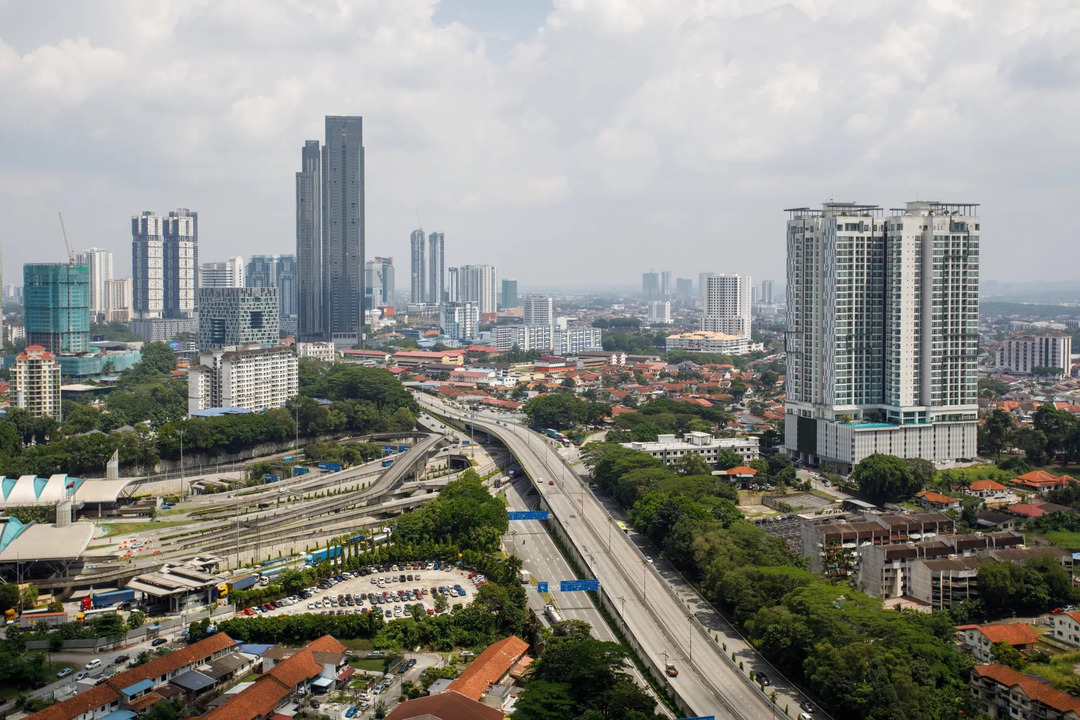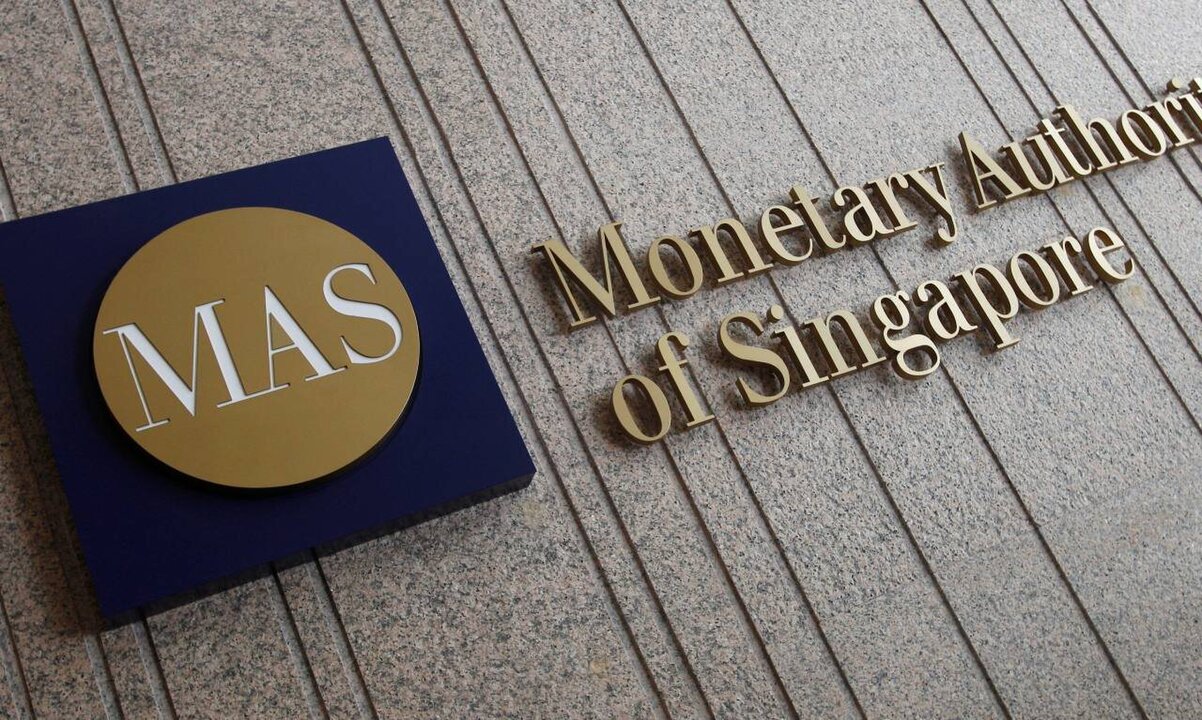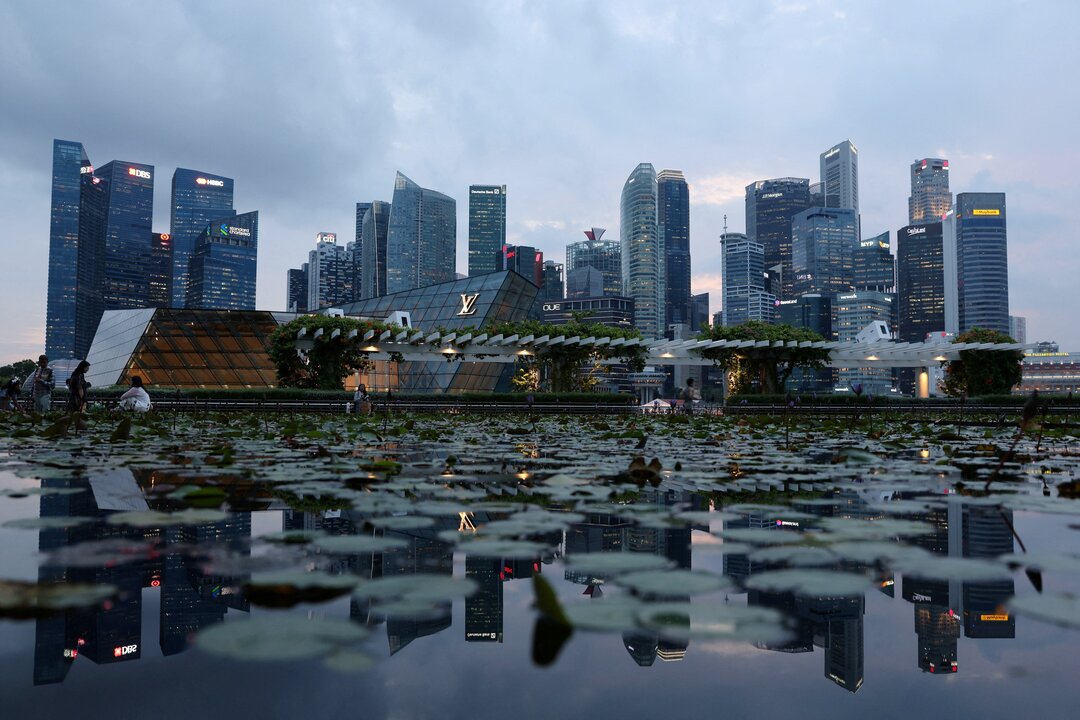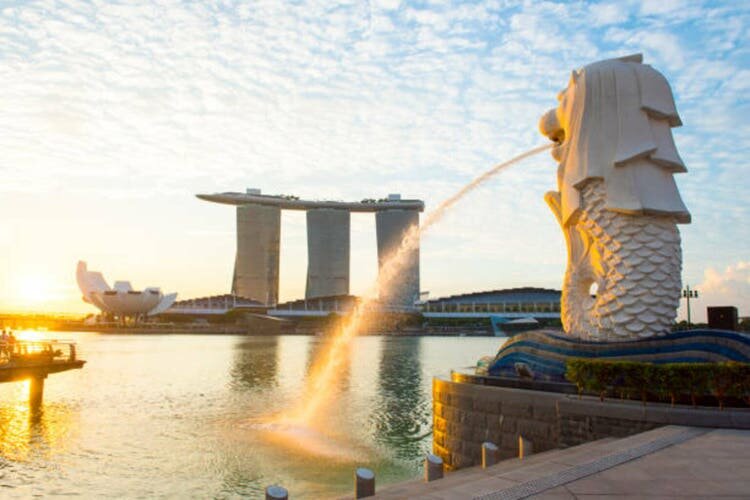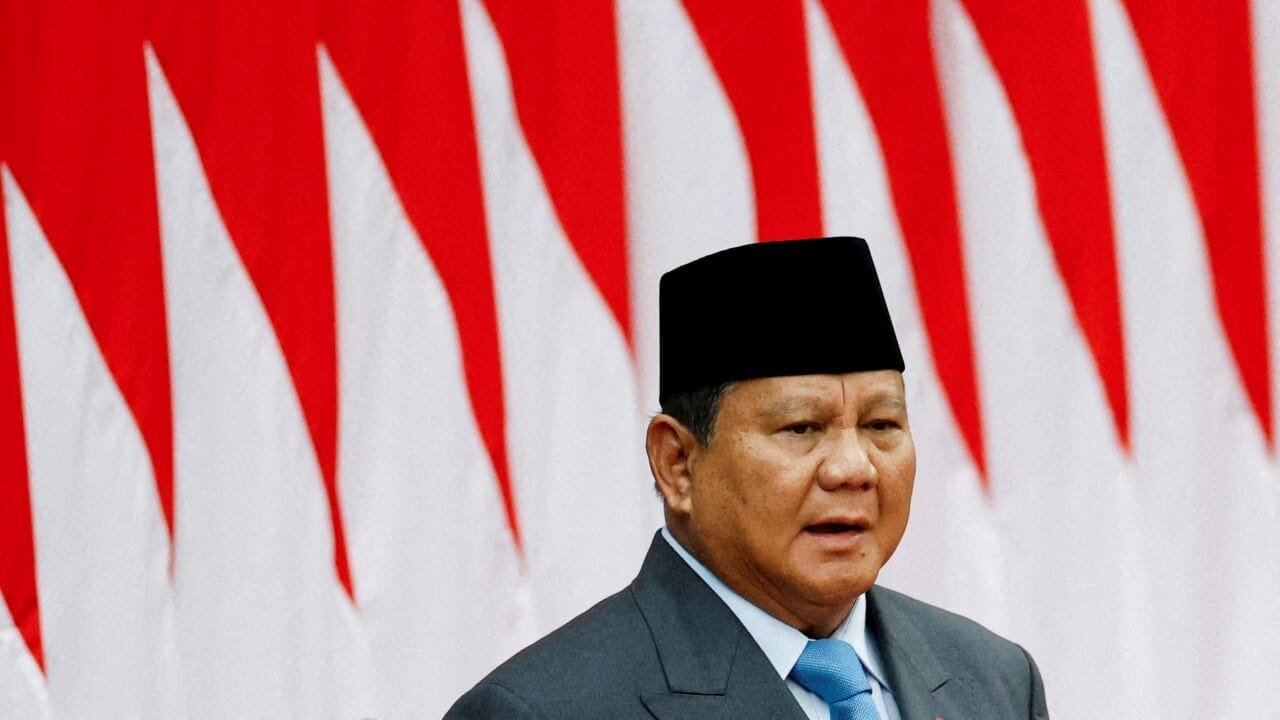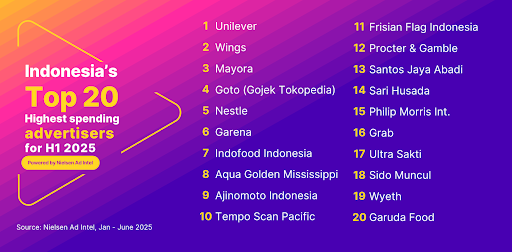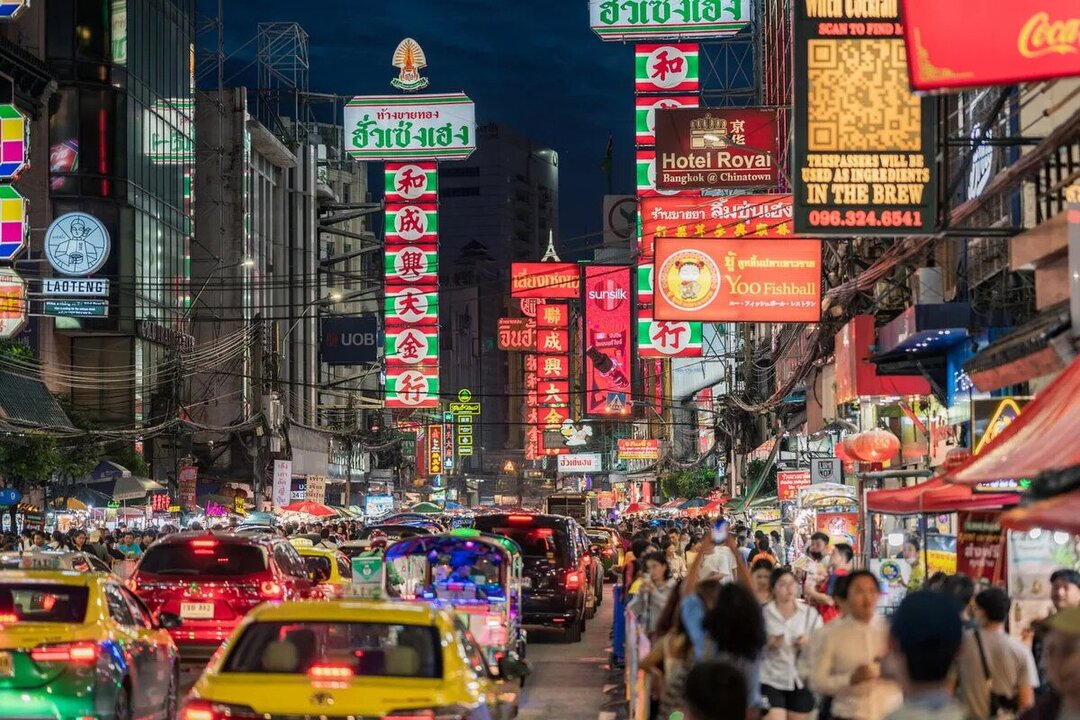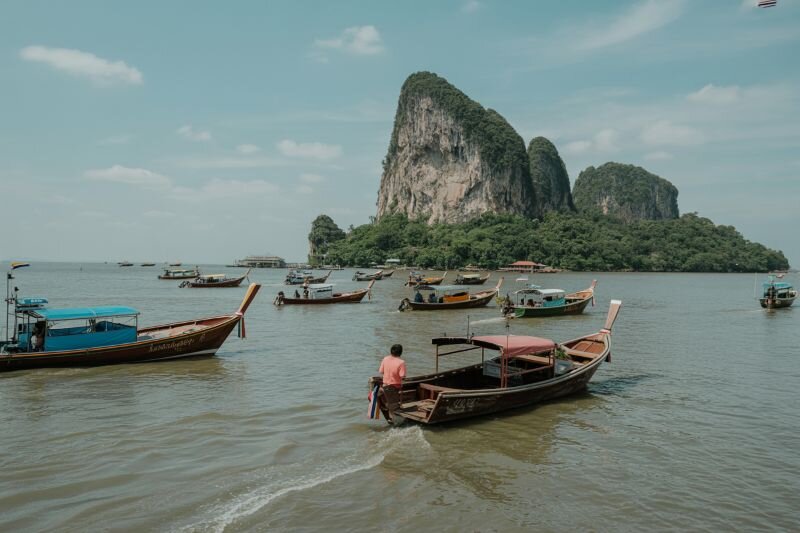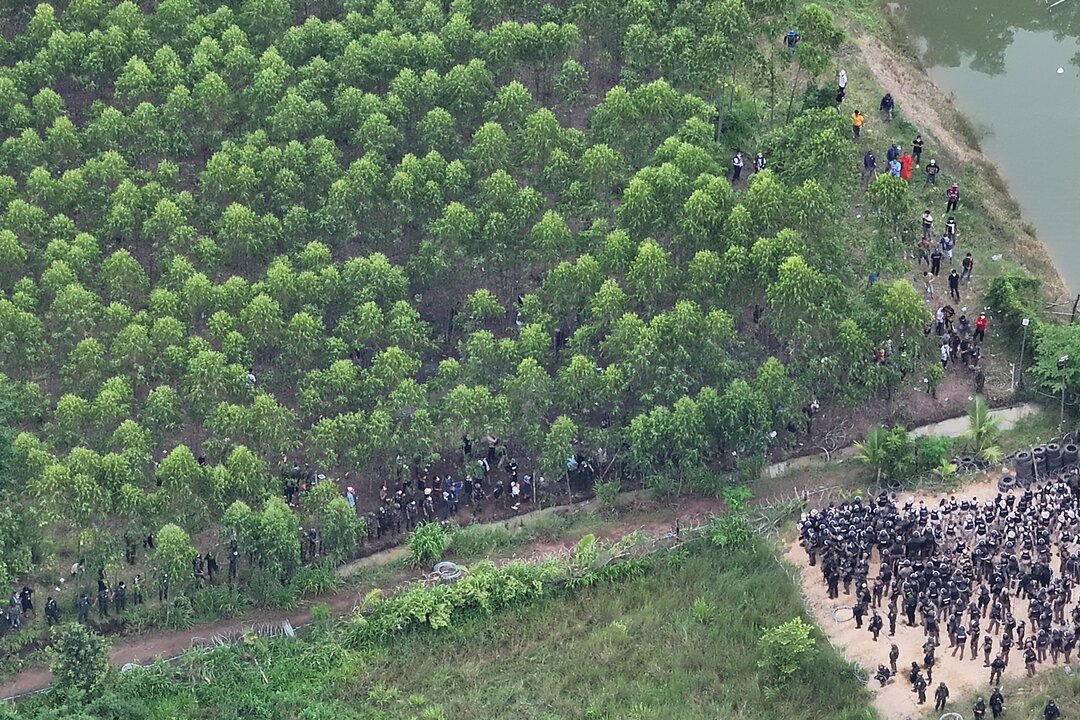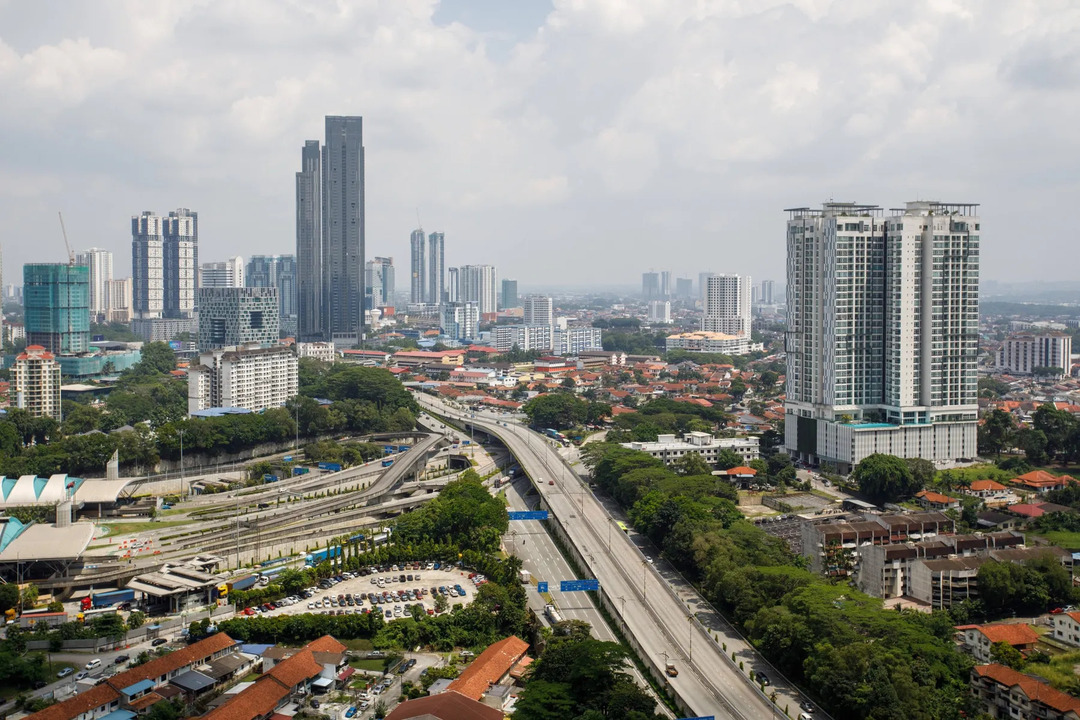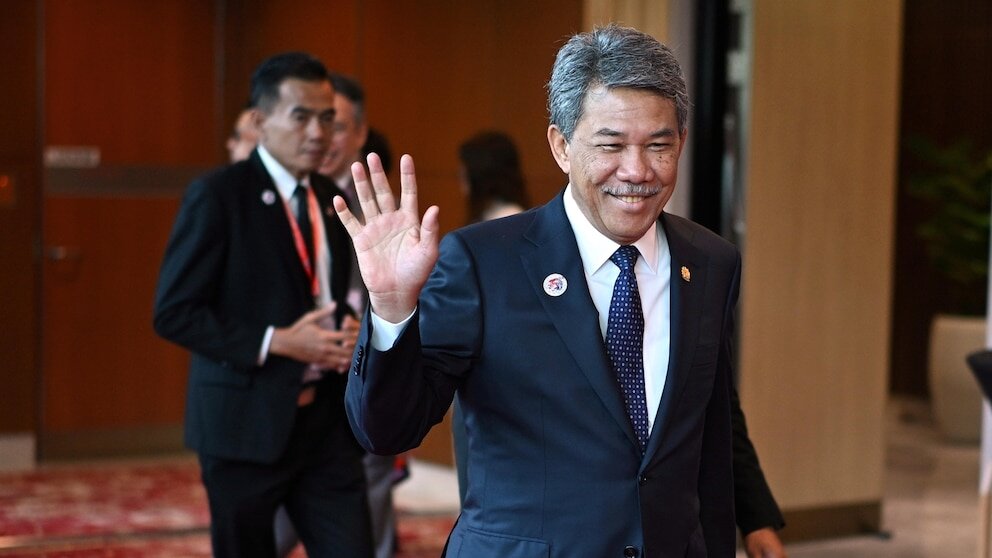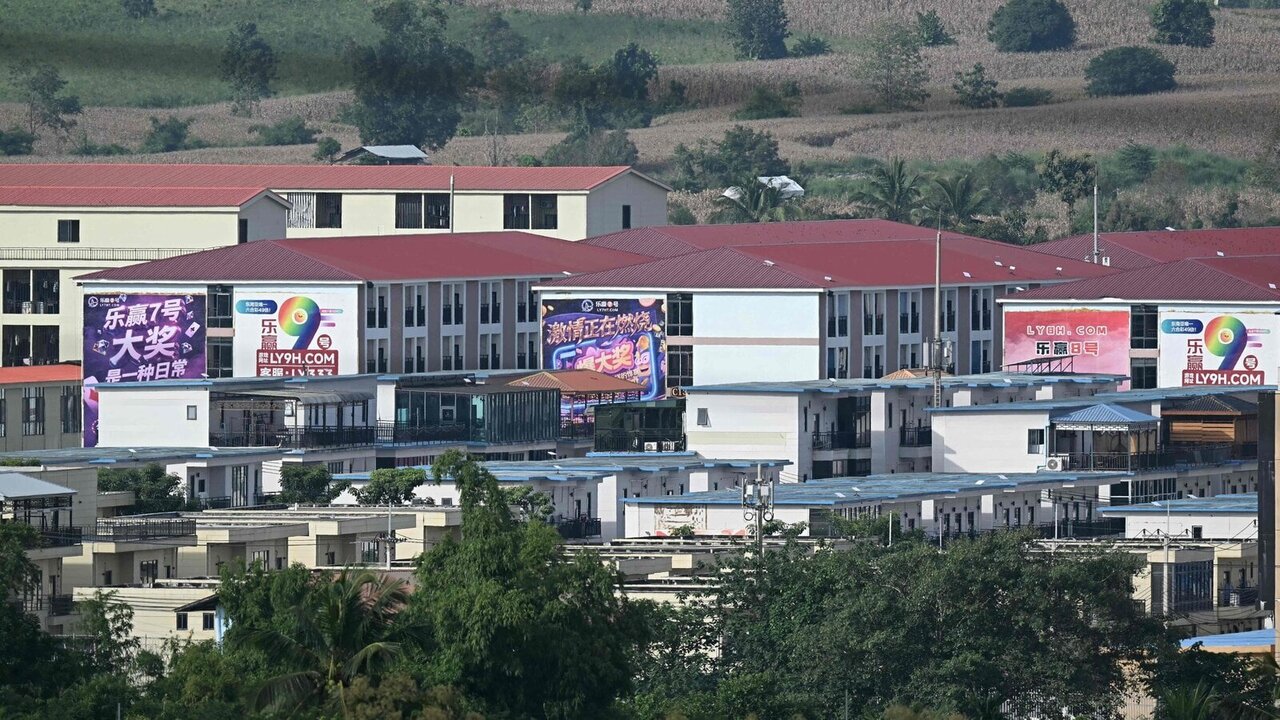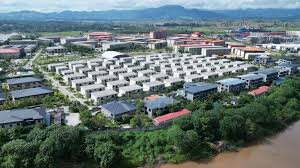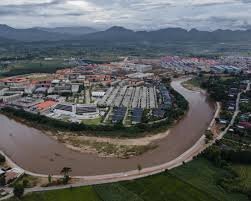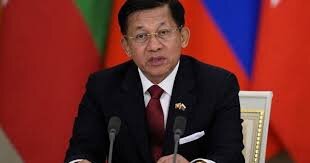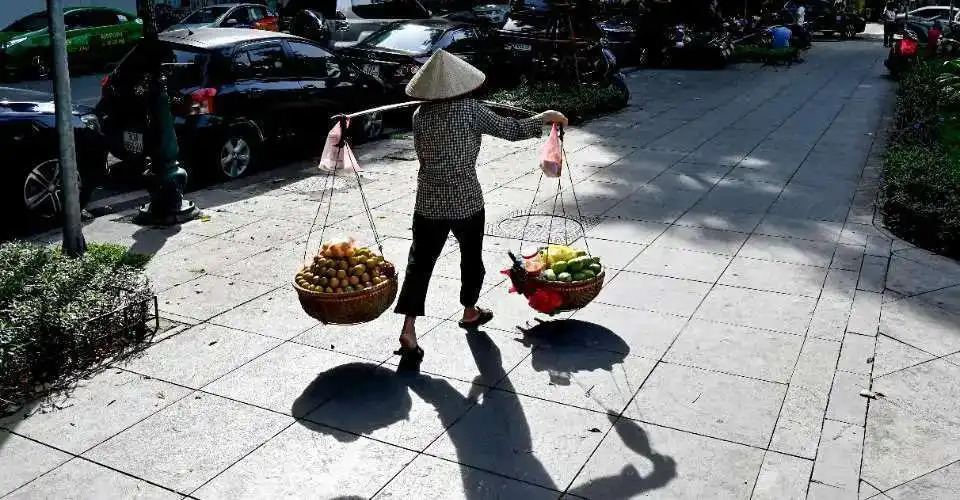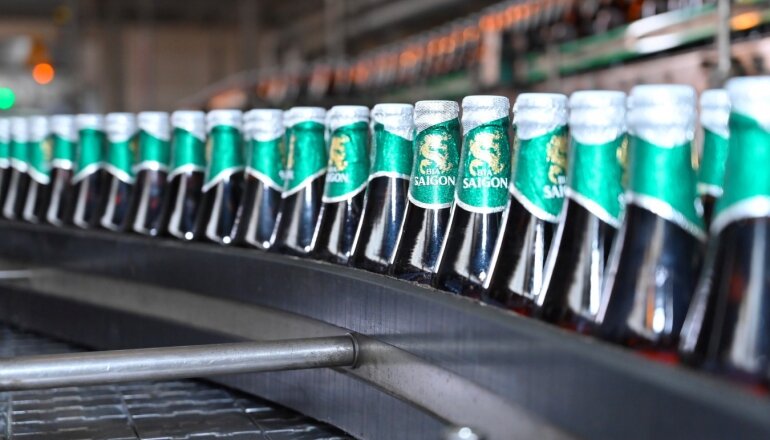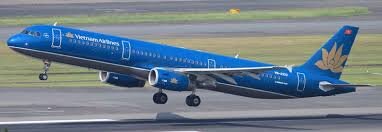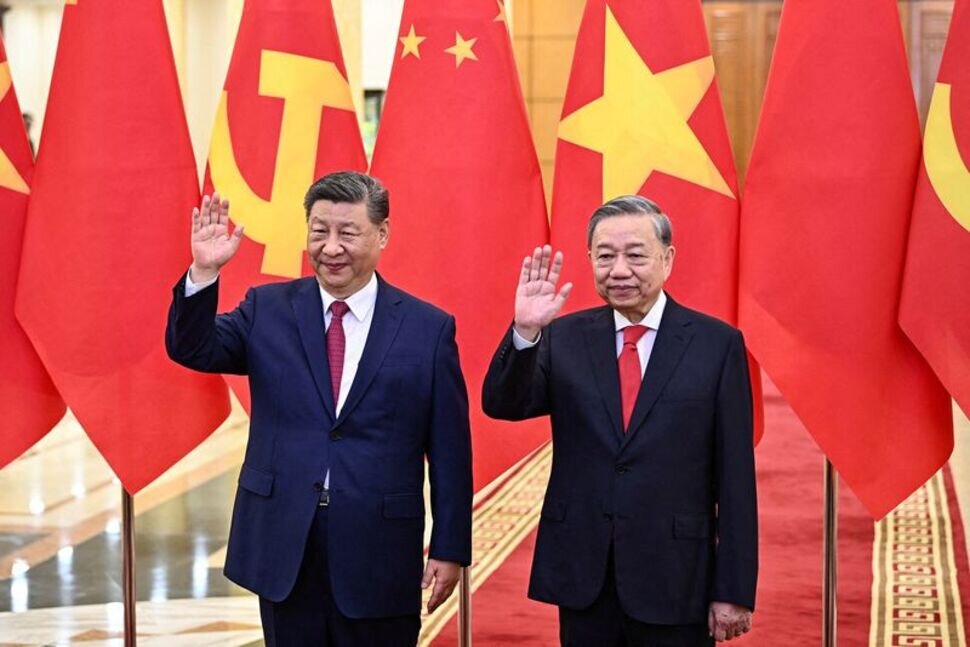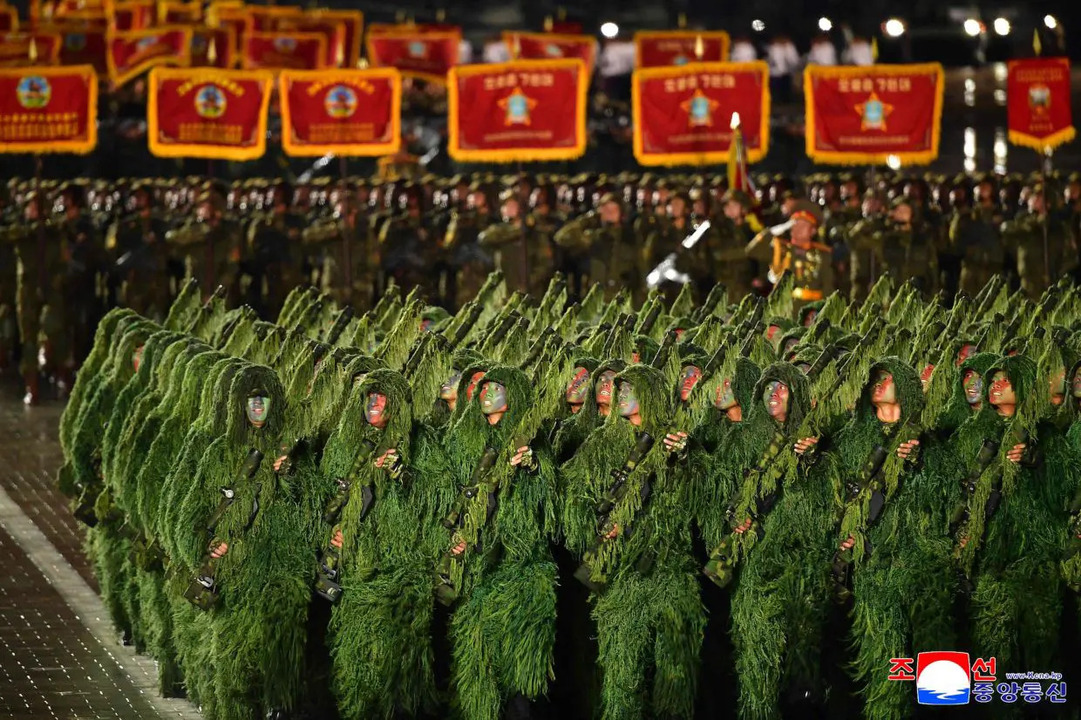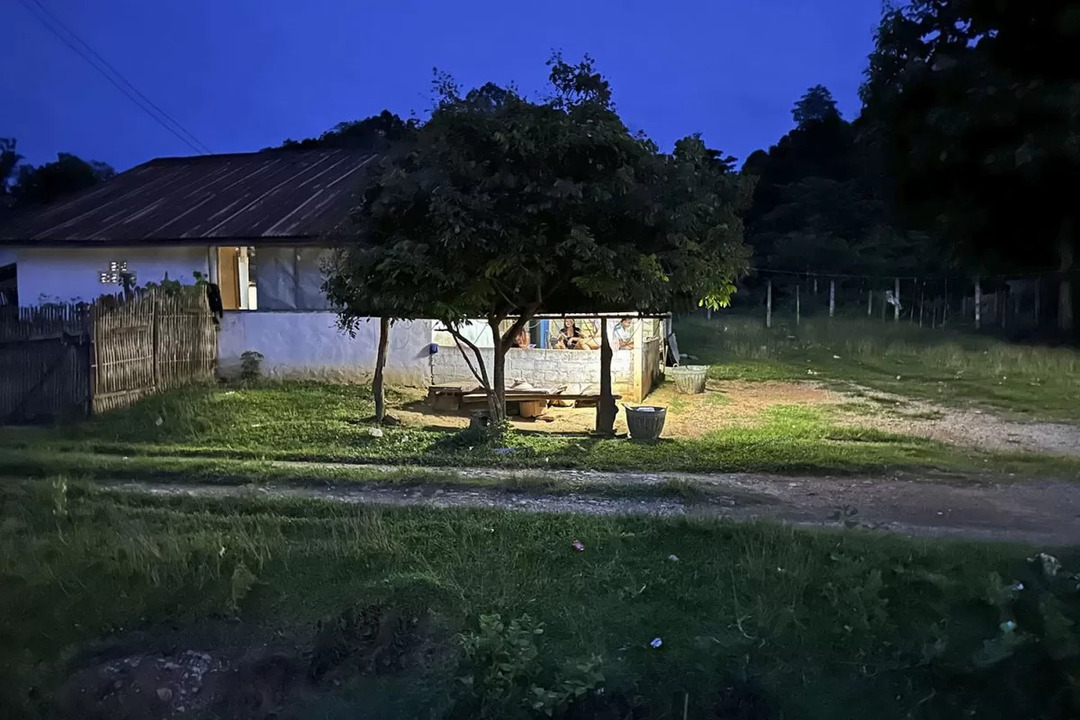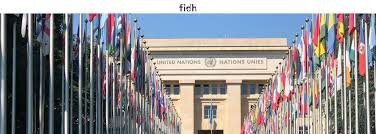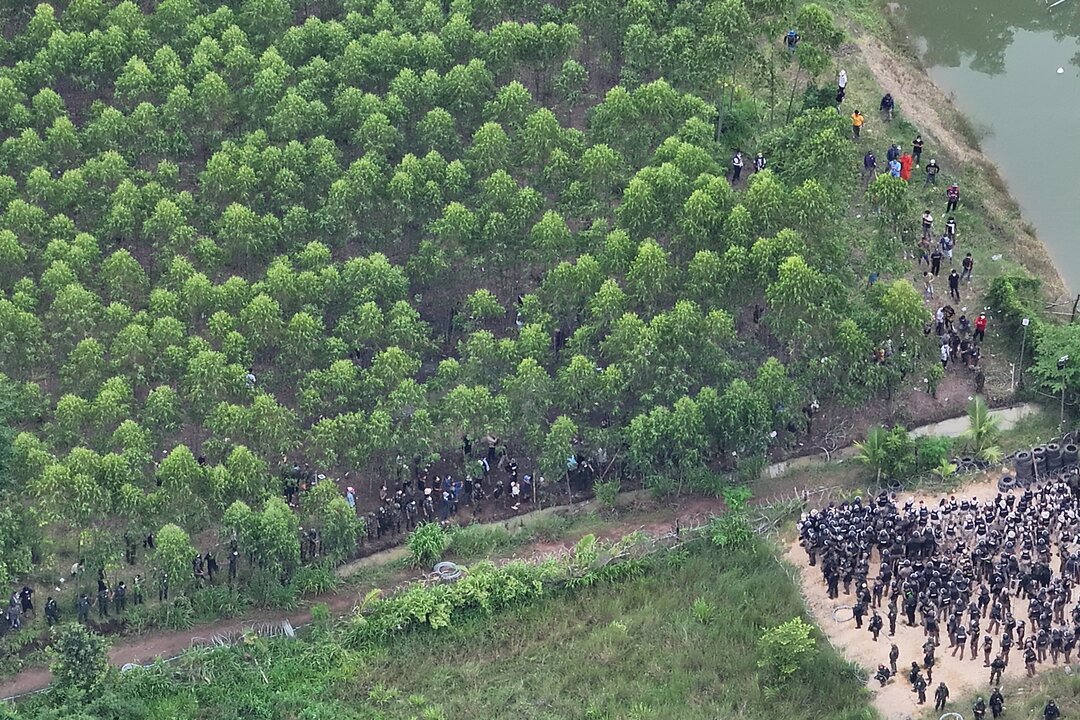Authorities launch “Southbound Travel for Guangdong Vehicles” scheme with an initial quota of one hundred entries per day
Mainland motorists from Guangdong province approved under the new Southbound Travel for Guangdong Vehicles scheme will be allowed to stay in Hong Kong for up to three days, according to a government proposal.
Under the plan, which is expected to begin in November, a modest daily quota of one hundred mainland vehicles can enter Hong Kong’s urban areas via the Hong Kong–Zhuhai–Macao Bridge.
The scheme is designed to test procedures before gradual expansion.
The legislative submission indicates that vehicles may enter urban Hong Kong for a stay of up to three days per visit, subject to daily booking quotas.
In the first phase, drivers can also opt to park at an automated car park on the artificial island at the Hong Kong side of the bridge and transfer onward without entering the city’s road network.
Those who wish to drive into urban zones must satisfy Hong Kong licensing, inspection, and third-party insurance requirements.
Authorities are considering increasing the quota in stages as the system matures.
Under the cross-boundary arrangement, Guangdong drivers will apply for electronic entry licences that are vetted by mainland authorities and forwarded to Hong Kong’s Transport Department.
The scheme requires inspections of mainland vehicles to meet Hong Kong safety and emission standards, along with re-registration such as fitting Hong Kong licence plates and electronic toll tags.
Entry will be restricted to the Hong Kong–Zhuhai–Macao Bridge route in the initial rollout, with future expansion to other border crossings under consideration.
The policy announcement frames the move as part of deeper integration within the Greater Bay Area, aiming to stimulate tourism, business, and cross-border exchanges while reinforcing Hong Kong’s status as a regional aviation and logistics hub.
One notable component is the “park and fly” facility: the Airport Authority has prepared an automated parking building with 1,800 spaces near the bridge, enabling Guangdong motorists to leave their vehicles and transfer to flights without undergoing separate immigration procedures.
While government officials emphasize that the phased approach is prudent, some local lawmakers have raised concerns over the city’s infrastructure capacity and potential traffic pressure.
Others argue the rollout has already been delayed, criticizing ongoing deliberations as a reluctance to act swiftly.
The Transport Department has also warned the public to disregard misleading social media messages purporting to extend the scheme to other crossings or relax booking conditions.
Authorities plan to present further implementation details by October 17.
Officials say the initial focus will be on operational testing and system resilience, with gradual escalation of quotas and expanded entry routes expected only once the initial phase proves stable.
Under the plan, which is expected to begin in November, a modest daily quota of one hundred mainland vehicles can enter Hong Kong’s urban areas via the Hong Kong–Zhuhai–Macao Bridge.
The scheme is designed to test procedures before gradual expansion.
The legislative submission indicates that vehicles may enter urban Hong Kong for a stay of up to three days per visit, subject to daily booking quotas.
In the first phase, drivers can also opt to park at an automated car park on the artificial island at the Hong Kong side of the bridge and transfer onward without entering the city’s road network.
Those who wish to drive into urban zones must satisfy Hong Kong licensing, inspection, and third-party insurance requirements.
Authorities are considering increasing the quota in stages as the system matures.
Under the cross-boundary arrangement, Guangdong drivers will apply for electronic entry licences that are vetted by mainland authorities and forwarded to Hong Kong’s Transport Department.
The scheme requires inspections of mainland vehicles to meet Hong Kong safety and emission standards, along with re-registration such as fitting Hong Kong licence plates and electronic toll tags.
Entry will be restricted to the Hong Kong–Zhuhai–Macao Bridge route in the initial rollout, with future expansion to other border crossings under consideration.
The policy announcement frames the move as part of deeper integration within the Greater Bay Area, aiming to stimulate tourism, business, and cross-border exchanges while reinforcing Hong Kong’s status as a regional aviation and logistics hub.
One notable component is the “park and fly” facility: the Airport Authority has prepared an automated parking building with 1,800 spaces near the bridge, enabling Guangdong motorists to leave their vehicles and transfer to flights without undergoing separate immigration procedures.
While government officials emphasize that the phased approach is prudent, some local lawmakers have raised concerns over the city’s infrastructure capacity and potential traffic pressure.
Others argue the rollout has already been delayed, criticizing ongoing deliberations as a reluctance to act swiftly.
The Transport Department has also warned the public to disregard misleading social media messages purporting to extend the scheme to other crossings or relax booking conditions.
Authorities plan to present further implementation details by October 17.
Officials say the initial focus will be on operational testing and system resilience, with gradual escalation of quotas and expanded entry routes expected only once the initial phase proves stable.
